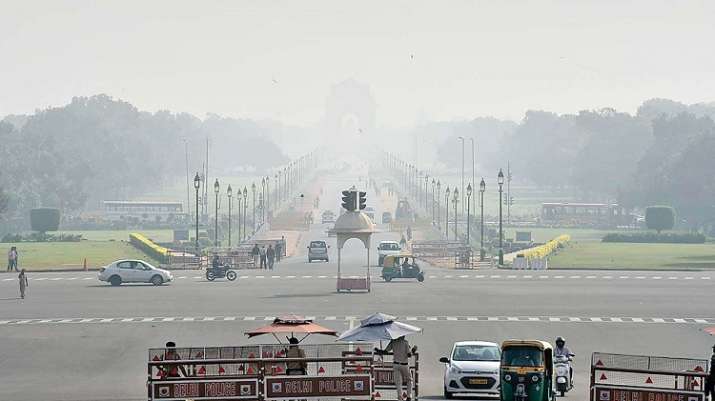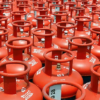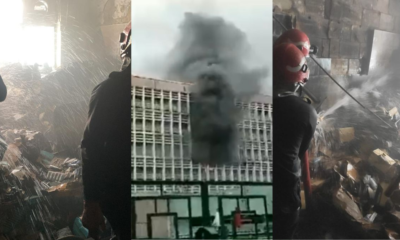Key points:
- Particulate matter (PM) levels have fallen dramatically.
- The Safdarjung Observatory — the city’s official weather marker — did not report any rainfall.
- As of November 27, the IMD had also forecast cold wave conditions in Delhi.
- The high was 25.8 degrees C, which was usual for this time of the year.
On Thursday, good winds enabled Delhi to breathe comparatively cleaner air as the air quality index (AQI) changed to the lower end of the very bad’ zone after staying for a day in the ‘extreme’ zone.
By Friday, air quality may improve to the ‘bad’ category as well as continue to remain so, government agencies have predicted, at least for the next three days.
The average AQI was 302, compared to 413 on Wednesday and 379 on Tuesday, according to the Central Pollution Control Board’s (CPCB) 4 pm bulletin.
PM level fell significantly:
Particulate matter (PM) levels have fallen dramatically. The levels of PM 10 (coarse dust particles) decreased to 218ug/m3 on Thursday evening compared to 410 ug/m3 at the same time the previous day.
PM 2.5 levels (the most damaging aerosols in Delhi’s air) have decreased from 243ug/m3 from Wednesday to 133 ug/m3.
As per the IMD scientists stated:
The improvement was mainly due to a change in the wind direction and intensity, scientists at the India Meteorological Department (IMD) said.
At the Lodhi Road as well as Ridge weather stations, traces of rain were observed. The Safdarjung Observatory — the city’s official weather marker — did not report any rainfall.
As VK Soni stated:
V K Soni of the environmental monitoring research center of IMD said that with the almost negligible effect of stubble burning, the good winds helped to disperse local pollutants.
“The speed of the wind was about 10-12 kmph. The direction of the wind changed from east to northwest in the afternoon. Over the next three days, we expect wind speeds to remain high.
In the ‘poor’ zone, the air quality is likely to improve and will stay so at least until November 30,’ Soni stated “.
According to SAFAR AQI predication:
Based on the System for Air Quality and Weather Forecasting And Research (SAFAR), the air quality prediction arm of the union ministry, on Thursday the proportion of stubble burning to the city’s PM 2.5 levels were only about 1 percent with the number of fire counts being as low as 37.
COLD WAVE
Reports by the head Kuldeep Srivastava:
As of November 27, the IMD had also forecast cold wave conditions in Delhi. “The relatively widespread rainfall & snowfall, as well as isolated hailstorms, are likely to occur over Jammu and Kashmir, Ladakh, Gilgit-Baltistan, Muzaffarabad as well as Himachal Pradesh on 25 November due to the impact of Western disturbances over Afghanistan as well as neighboring areas, resulting in low temperatures in Delhi as well said Kuldeep Srivastava, head of IMD’s regional weather forecast center.
He said it is possible that the minimum temperature will stay around 6-7 degrees C until the end of November.
“Srivastava said The sky will be clear soon, and it will cool the surface down quicker as well as reduce the temperature by the end of the week.
The lowest temperature was 10.4 degrees C on Thursday, a notch below average. The high was 25.8 degrees C, which was usual for this time of the year.






































